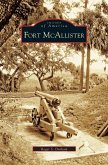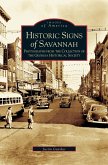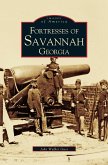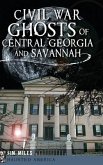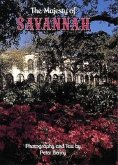Most people have heard the words to this song: "Tis Irish I am and 'tis proud I am of it." But, what does it mean to be Irish? When the Irish first came to Savannah, it meant they were either "lace curtain" or "old fort." Lace curtain inferred that the family was prosperous, usually Protestant, and had come to Savannah with letters of introduction, money, and a plan. Old fort meant that the family had come to America in desperation and to Savannah with little but the clothes on their back, the desire to work, and hope for a better future. Old fort Irish were generally Catholic, attending Catholic schools and depending on the Church for far more than just Sunday worship. Today, the Irish have spread all over Savannah like shamrocks, making these designations a thing of the past. The Irish are involved in every facet of Savannah life, from politics, to business, to education. Catholicism remains the predominant religion and churches abound, as do Catholic schools. When the "Season of St. Patrick" begins, the Savannah Irish begin celebrating.
Hinweis: Dieser Artikel kann nur an eine deutsche Lieferadresse ausgeliefert werden.
Hinweis: Dieser Artikel kann nur an eine deutsche Lieferadresse ausgeliefert werden.


